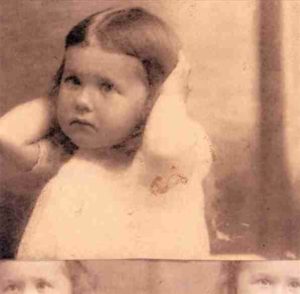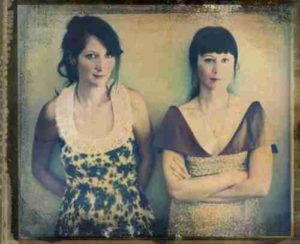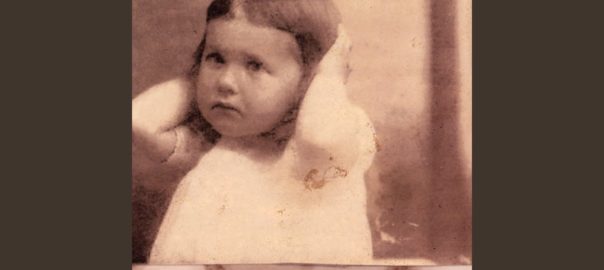
Dream pop duo Azure Ray — composed of Orenda Fink and Maria Taylor — employ graceful harmonies, patient folksy song structures, and touches of electronic production to create otherworldly songs that balance tranquility and intensity.
The pair met at the age of 15 while attending the Alabama School of Fine Arts in Birmingham. Together, they fronted a band called Little Red Rocket, which released two CDs, Who Did You Pay (1997) and It’s in the Sound (2000), with the band breaking up shortly after the release of the latter album.

Orenda Fink and Maria Taylor decided to head out to Athens, Georgia, striking out to find a career, forming Azure Ray soon after arrival in their new home.
“My boyfriend had just died and we had written all of these songs that were helping us cope with everything. We had a night where all of our friends and family got together. We played those songs, which later would turn into the songs on our first Azure Ray record, which we released shortly thereafter,” says Taylor.
Their self-titled début album is a quiet, gentle set of lovely and soul-searching songs that incorporate elements of folk, pop, and light electronica.
Following the unexpected death of Taylor’s boyfriend, the two musicians used songwriting as a method of coping with their grief. The intensity of that loss informed the mournful tone of the group’s earliest work in 2001, and would carry through in their sound to some degree from that point on.
The song Sleep was later featured in the 2006 Academy Award-nominated movie The Devil Wears Prada, featuring Anne Hathaway. In February 2015, Taylor Swift included Sleep on a six-song “breakup playlist” made for a fan via her official Tumblr account.
Camilo Arturo Leslie in Pitchfork had this to say about the début album …
Their album cover is simple: just an old, sepia-toned photograph of a little girl. She looks like my grandmother as a child. Nostalgia and melancholy rub off the liner notes and stain your fingertips. The little girl clutches her palms to her ears and wears an inscrutable expression that vacillates from pouty to fearful to verge-of-tears, depending on what mental angle you hold it at.
Azure Ray’s indie music aesthetic is built on pretty, easy-on-the-tympanum pop acoustic guitar strumming. No fuzz, no indigestible chords, just polished production and evocative arrangements. Lap steel guitar, cello, violin, church bells, piano, brass, and tape loops make appearances on these 11 tracks.
The draw of their music is, of course, the duo’s vocals, Azure Ray’s gentle trills offering a haunting balance between the ethereal and corporeal, as well as an understated, yet distinct feminine strength, not unlike the early music of Linda Ronstadt.
Indie label-ghetto obscurity has kept Azure Ray from attaining massive popularity.
But an indie-ghetto habitué such as yourself shouldn’t have any trouble digging up a copy of Azure Ray’s début CD, or maybe a vinyl copy.
Red Cat Records on Main Street, or Zulu Records on West 4th Avenue, if they don’t have it in stock, could certainly order it for you.
Beautiful, expertly crafted pop songs keep a room in your heart’s hotel (under an assumed name, naturally).
You could also listen to Azure Ray on Spotify, or Apple or Amazon Music, or purchase their music from either of the two latter providers of digital music.
